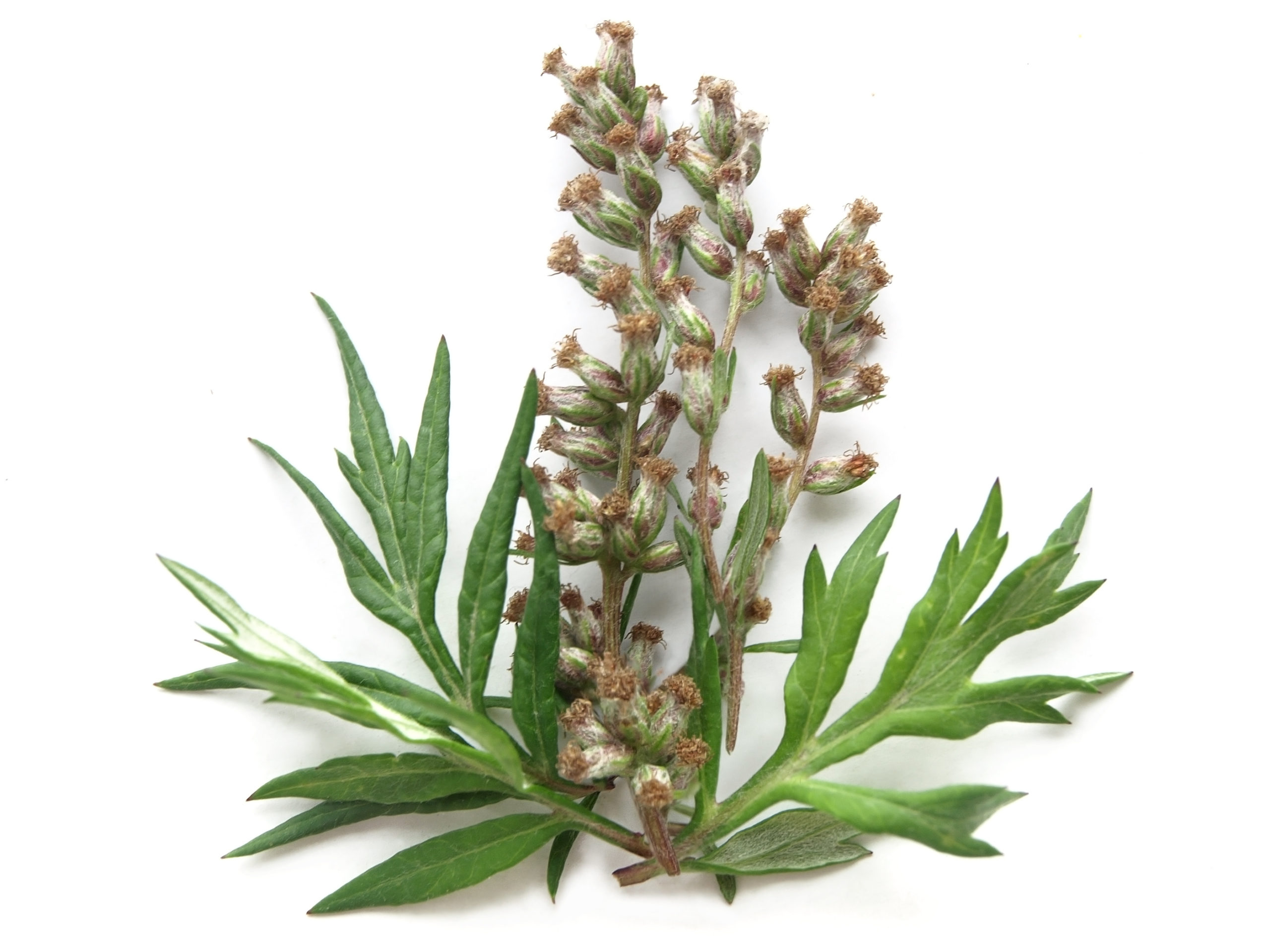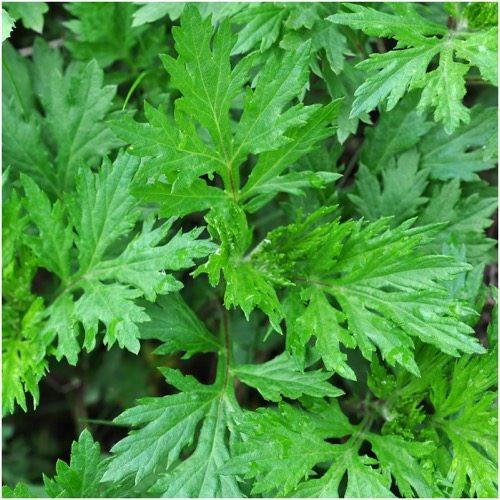The Dream Herb — Mystical & Healing Qualities of Mugwort
The Dream Herb — Mystical & Healing Qualities of Mugwort
Mugwort is a beautiful aromatic flowering plant that is used around the world for its medicinal and health benefits. Named for the Greek moon goddess Artemis, Mugwort refers to more than 200 varieties of plants within the genus Artemisia.
There are several notable plants within the Mugwort family, including Artemisia absinthium, commonly referred to as wormwood and known for its use in making absinthe and vermouth. Or Harry Potter fans may remember Snape’s herbology lesson, asking Harry, “What would I get if I added powdered root of asphodel to an infusion of wormwood?”
Common Mugwort, Artemisia vulgaris, can’t be used to make absinthe or vermouth, and in fact is largely written off in American as nothing more than a weed, but it is severely undervalued by Western Medicine when considering its many homoeopathic uses and benefits.

Mugwort can grow very aggressively and can overtake a garden if given the opportunity. It is typically not planted in most American gardens, although it is highly respected by other cultures around the world as a protective healing herb. Historically, Mugwort has been revered as a magical herb as well.
An effective cure for fatigue, Mugwort has been placed inside the shoes of travelers for hundreds of years. Ancient Roman soldiers would place small bundles within their sandals to stave off fatigue and foot pain. Many travelers believed it would protect them for evil spirits and wild animals.
St. John is said to have worn a girdle of Mugwort for its medicinal benefits, and there are stories of St. John also donning a crown of the leaves and flowers to protect from evil possession.
Chinese cultures have used various parts of the plant for cooking and therapuetic medicine for hundreds of years, with references existing in songs and poems dating back to the 11th century as well as one poem dated from the year 3 BC. In Japan, kusa mochi (rice cakes with Mugwort) are served as a traditional dish at the Doll Festival in March.
Traditional Chinese Medicine (TCM) uses Mugwort in many practices and Chinese, Japanese, and Korean medical practices have historically used moxibustion of Mugwort. Moxibustion is the practice of rolling a plant into sticks or cones, igniting the bundle, and waving it over the area to be treated. This stimulates the area (commonly a reflexology or acupressure point) with both heat and the chemical compounds of the plant. This may sound a bit mystical to some people; however, clinical research has repeatedly found the benefits of moxibustion to be significant. For example, a 2012 systemic review of treatments for breech babies found that moxibustion with acupuncture lead to more natural deliveries and fewer cesarean births.

Indigenous peoples of North America used Mugwort to treat an array of medical disorders. They made tea to treat indigestion and other stomach problems, menstrual irregularity, and colds. They would prepare a snuff for treating congestion, nosebleeds, and headaches. Topically, they made salves for bruises, itching, poison ivy, eczema, and body odors. Mugwort was used in Native American smudging ceremonies and burned to create a cleansing smoke bath to purify a person, space, object, aura or energy. The smoke from Mugwort was also used to awaken one from a coma.
Mugwort was also used to make and flavor beer before the popularization of hops.
The roots and the upper parts including branches, leaves, and flowers are used in various tinctures, essential oils, teas, food preparations, smokes and snuffs, and other treatment modalities. Mugwort has many medicinal uses and benefits in addition to its antioxidant, antibacterial, and antifungal properties. It is commonly used for:
- Stomach and intestinal conditions including diarrhea, constipation, slow digestion, vomiting, and stomach or intestinal ulcers
- Lethargy, lack of energy, and fatigue
- Epilepsy and other seizure disorders
- Scarring, especially hypertrophic (thick, raised) scars
- Soothes itching, can be combined with menthol to treat severe burn victims
- Anxiety, depression, and hypochondria
- High blood pressure
- Insomnia
- Joint pain
- Irregular menstrual periods and painful cramps
- To promote labor
- Colic or excessive crying in infants
- Natural repellant for moths and other insects harmful to gardens
- May aid in the treatment of cancer
Mugwort is easy to use in multiple modalities. Many new users may find themselves pleasantly surprised to discover an unexpected benefit or two.

Caitlin Stuber
Wordsmith Specialist
Caitlin Stuber is a graduate of Washington State University where she studied Molecular Biosciences and Psychology. She has over ten years of experience studying and using alternative medicine and lifestyles. You can read more of her work at The Homesteading Writer.
Join the Bear Blend Tribe
Tribe members receive special discounts on products, invitations to premier events and are welcomed to contribute writings and videos to the community.

0 Comments
Trackbacks/Pingbacks